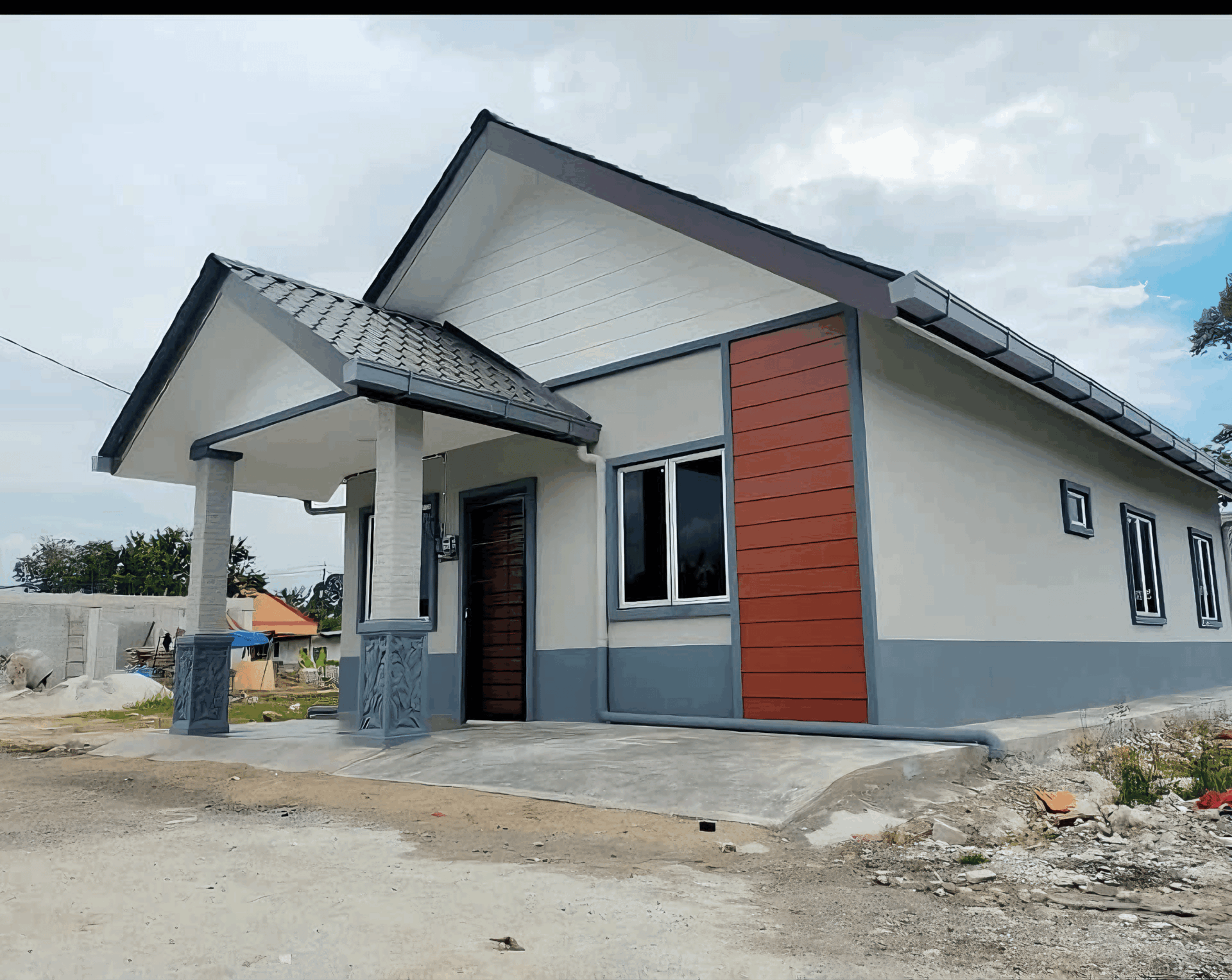Construction Site Safety: Every Individual’s Responsibility
In an era where towering skyscrapers and expansive infrastructure redefine our urban landscapes, the backbone of this progress lies in the diligent hands of construction workers, engineers, and safety professionals. However, amidst the promise of growth and innovation, the specter of workplace accidents looms large over construction sites around the globe. Statistically, the construction industry remains one of the most hazardous sectors, a reality underscored by a multitude of incidents that occur daily. Yet, amidst the risks, there exists a palpable potential for transformative change—a change that hinges not solely on regulations and organizational policies, but on the very ethos of collective responsibility.
In this exploration of construction site safety, we delve into the principle that safety is not a singular duty relegated to a handful of individuals, but a shared commitment that involves every person present on site. From the project manager to the laborer, the architect to the subcontractor, each individual plays a pivotal role in fostering an environment where safety is paramount. By cultivating a culture of accountability, awareness, and proactive communication, the construction community can mitigate risks and enhance well-being, ultimately leading to a reduction in accidents and injuries.
As we navigate the complexities of construction site safety, we aim to illuminate the pathways through which each person can contribute to a safer working environment. With insights drawn from industry best practices, personal anecdotes, and expert advice, this article serves as a clarion call for every worker to embrace their vital role in upholding safety standards. Together, let us build not just structures, but a robust framework of safety—one that stands firm against the challenges of the construction landscape, where everyone is empowered to turn awareness into action.
Understanding the Fundamentals of Site Safety Practices
In any construction environment, the cornerstone of an effective safety culture is a solid understanding of fundamental practices. Workers should be familiar with the basic principles that govern site safety, including hazard recognition, risk assessment, and the importance of communication. By fostering an environment where everyone is aware of potential dangers, teams can significantly mitigate risks associated with their daily tasks. This proactive approach not only protects individual workers but also enhances overall site efficiency.
Among the essential safety practices, the proper use of personal protective equipment (PPE) is paramount. This includes items such as hard hats, safety goggles, gloves, and steel-toed boots. Each type of PPE serves a specific purpose in protecting workers from various site hazards. Familiarizing oneself with the correct usage, maintenance, and limitations of PPE can help individuals safeguard themselves effectively. Training sessions focusing on these aspects can be instrumental in instilling a culture of safety among all employees.
Another critical element involves the establishment of clear safety protocols and guidelines. These should be easily accessible and highlighted through visible signage throughout the site. Regular safety meetings can ensure that all workers are up-to-date with the latest procedures and regulations. Below is a concise overview of common site safety protocols that everyone should understand:
| Protocol | Description |
|---|---|
| Site Access Control | Restricting entry to authorized personnel only. |
| Clear Signage | Using signs for hazards, equipment, and emergency exits. |
| Regular Training | Conducting ongoing training sessions for all staff. |
| Incident Reporting | Establishing a system for reporting near misses or accidents. |

Identifying Hazards and Assessing Risks in Construction Environments
Safety on a construction site begins with the critical process of recognizing potential hazards that could jeopardize the wellbeing of workers. It’s vital to conduct thorough inspections and engage in open communication about any observed risks. Common hazards that must be identified include:
- Falling objects: Tools and materials can be dislodged from heights, posing significant risks to those below.
- Slips, trips, and falls: Uneven surfaces, wet conditions, and clutter can lead to serious injuries.
- Electrical hazards: Exposed wiring and improper grounding can cause electric shocks or fires.
Once hazards have been identified, assessing the associated risks becomes the next crucial step. This process involves evaluating both the likelihood of an incident occurring and the potential severity of its consequences. By categorizing risks, teams can prioritize their responses effectively. A helpful approach includes using a simple risk assessment matrix:
| Risk Level | Likelihood | Impact |
|---|---|---|
| Low | Unlikely | Minor |
| Medium | Possible | Moderate |
| High | Likely | Severe |
Regularly revisiting and updating risk assessments is essential, as construction sites are dynamic environments where conditions can change rapidly. Training all employees to recognize hazards and understand risk assessment protocols fosters a culture of safety. By taking collective ownership and responsibility, each individual contributes to a safer construction site, ultimately leading to enhanced productivity and well-being for every team member.

Cultivating a Culture of Safety Through Training and Communication
Training is the cornerstone of establishing a safe work environment on construction sites. When team members are continually educated on safety protocols, they gain a deeper understanding of potential hazards and how to mitigate them. Regular training sessions can cover essential topics such as:
- Proper Use of Personal Protective Equipment (PPE)
- Emergency Response Procedures
- Equipment Operation and Safety
- Hazard Recognition and Reporting
Moreover, open lines of communication are vital for fostering an atmosphere where safety is prioritized. Workers should feel empowered to voice concerns or suggest improvements. This can be achieved through:
- Regular Safety Meetings
- Anonymous Feedback Channels
- Mentorship Programs
Both training and communication should be ongoing processes, rather than one-time events. Incorporating safety discussions into daily or weekly routines ensures that safety remains a key focus. A simple table can summarize the key roles in maintaining site safety:
| Role | Responsibility |
|---|---|
| Site Manager | Oversee safety compliance and training |
| Foreman | Monitor day-to-day safety practices |
| Workers | Adhere to safety guidelines and report hazards |
By continually integrating training with open communication, each individual on the construction site contributes to a collective culture of safety that benefits everyone involved.

Empowering Workers and Supervisors to Take Initiative in Safety Measures
Promoting a culture where every worker feels empowered to speak up about safety can drastically enhance on-site safety protocols. Such an environment encourages a sense of ownership over one’s safety and that of their colleagues. By fostering open communication, construction sites can significantly reduce the risks and hazards that often accompany the job. Key strategies include:
- Regular Training Sessions: Conduct educational workshops that discuss the importance of safety measures and empower workers to identify potential hazards.
- Anonymous Reporting Systems: Implement systems that allow workers to report unsafe conditions without fear of backlash, ensuring that everyone can voice their concerns.
- Peer Support Programs: Create buddy systems where workers can support each other in practicing safety protocols and ensuring compliance.
It is equally crucial for supervisors to demonstrate strong leadership in safety initiatives. By actively participating in safety drills and discussions, supervisors not only model appropriate behavior but also reinforce the significance of safety as a collective responsibility. Effective supervisory measures include:
| Action | Impact |
|---|---|
| Conducting Daily Safety Briefings | Enhances awareness and readiness for potential hazards. |
| Encouraging Worker Feedback | Increases participation and fosters trust in leadership. |
| Leading By Example | Establishes a norm of safety adherence among all workers. |
Ultimately, the synergy between empowered workers and proactive supervisors creates a robust foundation for safety on construction sites. When everyone feels responsible for safety, the likelihood of accidents declines, leading to a more efficient and harmonious working environment. Facilitating this shift involves continual dialogue, recognition of positive safety behaviors, and integrating safety responsibilities into daily routines, allowing both individuals and teams to thrive while prioritizing their well-being.
Q&A
Q&A: Construction Site Safety: Every Individual’s Responsibility
Q1: Why is construction site safety often emphasized as a collective responsibility?
A1: Construction sites are dynamic environments with numerous hazards present. Emphasizing collective responsibility ensures that every individual—from laborers to project managers—understands their role in maintaining a safe workspace. When everyone acknowledges their part in safety protocols, it fosters a culture of vigilance and accountability, ultimately reducing the risk of accidents.
Q2: What are some common safety risks found on construction sites?
A2: Common risks include falls from heights, being struck by moving equipment, electrocution, and exposure to hazardous materials. Additionally, issues like noise pollution and inadequate personal protective equipment (PPE) can pose hidden threats. Awareness of these hazards is essential for mitigating them effectively.
Q3: How can workers contribute to a safer construction site?
A3: Workers can contribute to site safety by adhering to safety procedures, reporting hazards, wearing appropriate PPE, and participating in safety training. Open communication with supervisors about potential risks or unsafe practices is also crucial. By being proactive, individuals help create a safer work environment not just for themselves, but for their coworkers as well.
Q4: What role do supervisors and site managers play in ensuring safety?
A4: Supervisors and site managers are vital in establishing a safety culture. They are responsible for training workers, conducting risk assessments, and ensuring that safety protocols are followed. Their leadership sets the tone for the site, and their commitment to safety can inspire workers to take personal responsibility for their safety and that of their colleagues.
Q5: Can technology help improve safety on construction sites?
A5: Absolutely! Technology such as drones for site surveillance, wearable devices for monitoring worker health, and virtual training simulations can significantly enhance safety measures. By integrating technology, construction companies can identify risks more efficiently and ensure that workers are well-trained and aware of their surroundings.
Q6: What should a worker do if they witness unsafe practices on a construction site?
A6: If a worker observes unsafe practices, they should immediately report the issue to a supervisor or safety officer. It’s important to address any dangerous behaviors swiftly to prevent accidents. Workers should feel empowered to voice their concerns without fear of retaliation, as safety is a shared priority.
Q7: How can regular safety training influence individual responsibility?
A7: Regular safety training reinforces the importance of safety practices and keeps the subject top-of-mind for all workers. It provides individuals with the knowledge and skills necessary to recognize hazards and respond appropriately. When workers are regularly educated on safety protocols, they are more likely to feel personally responsible for upholding them.
Q8: What is the most important takeaway regarding construction site safety?
A8: The most important takeaway is that construction site safety is a shared obligation. Every individual, regardless of their role, has the power to impact the safety culture. By adopting a proactive mindset and communicating effectively, all workers can contribute to creating a safer and more efficient workplace.
The Conclusion
the foundation of a safe construction site rests not only on regulations and safety equipment but on the unwavering commitment of every individual involved. Each worker, supervisor, and stakeholder plays a vital role in cultivating a culture of safety, where vigilance and responsibility become inherent to the workflow. By prioritizing awareness and communication, we create an environment where hazards are minimized and accidents are avoided. As we build the structures that shape our communities, let us also build a legacy of safety and care. Remember, in the world of construction, safety isn’t just a guideline—it’s a shared responsibility that ensures everyone returns home in one piece. Together, we can construct not just buildings, but a safer future for all.


